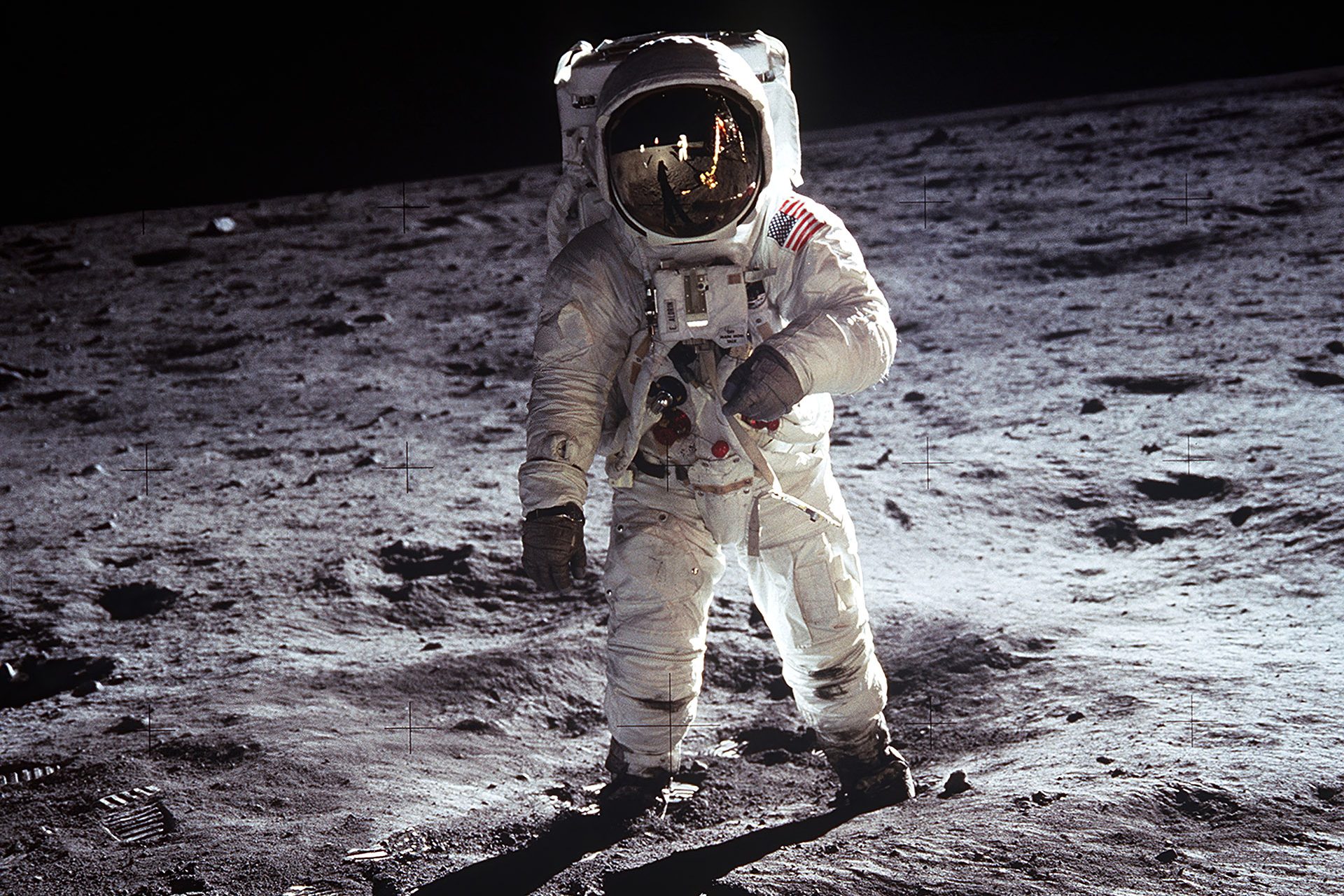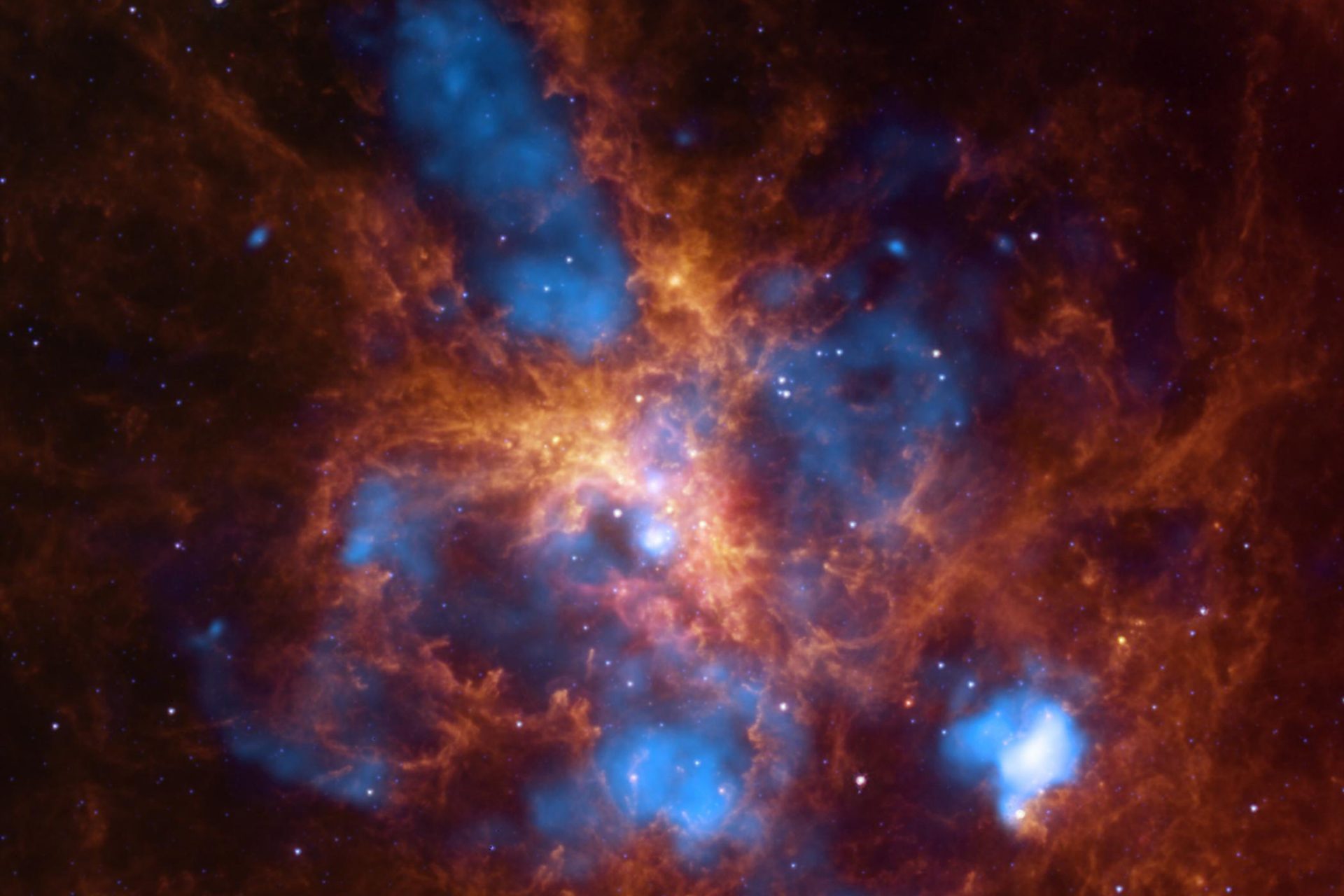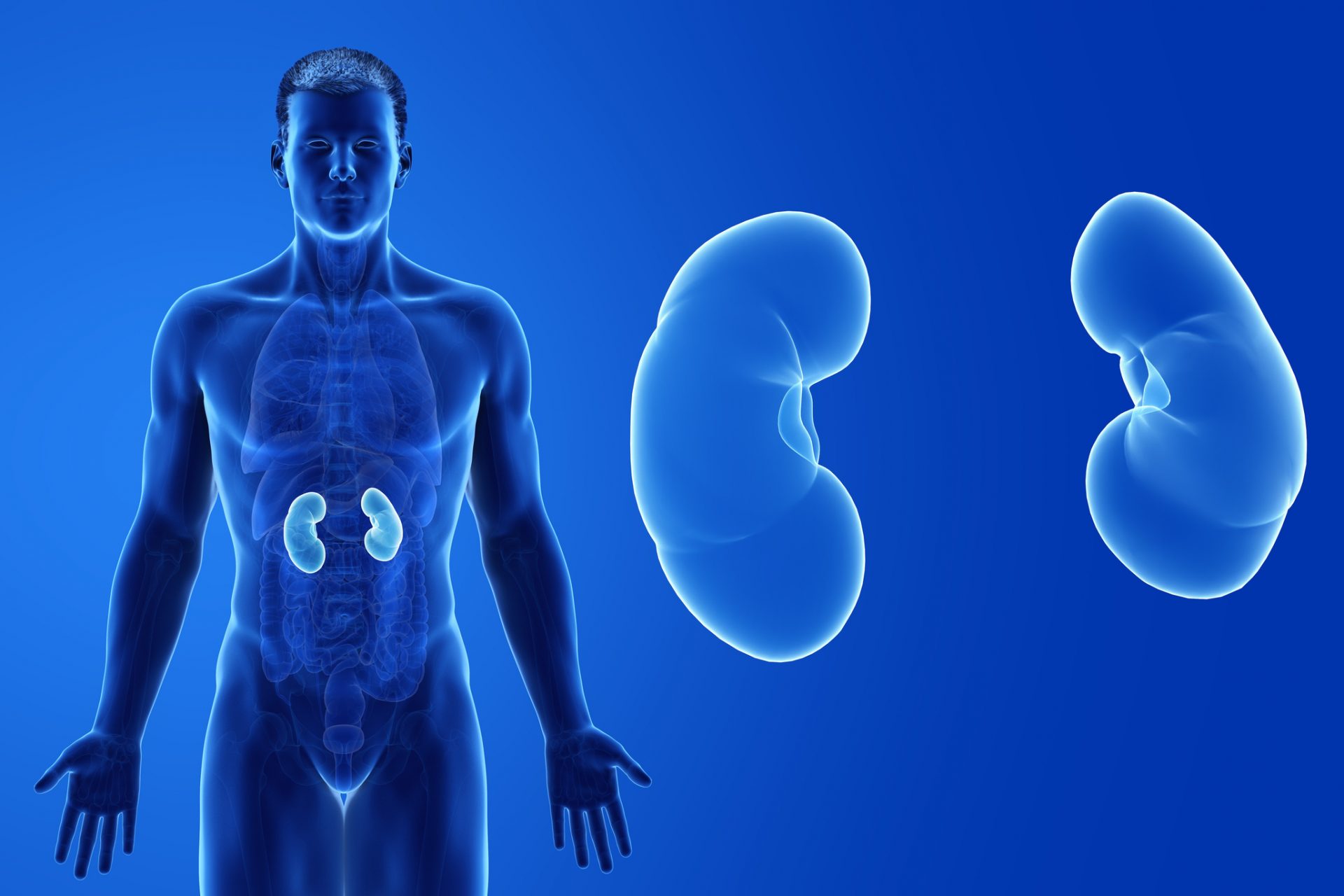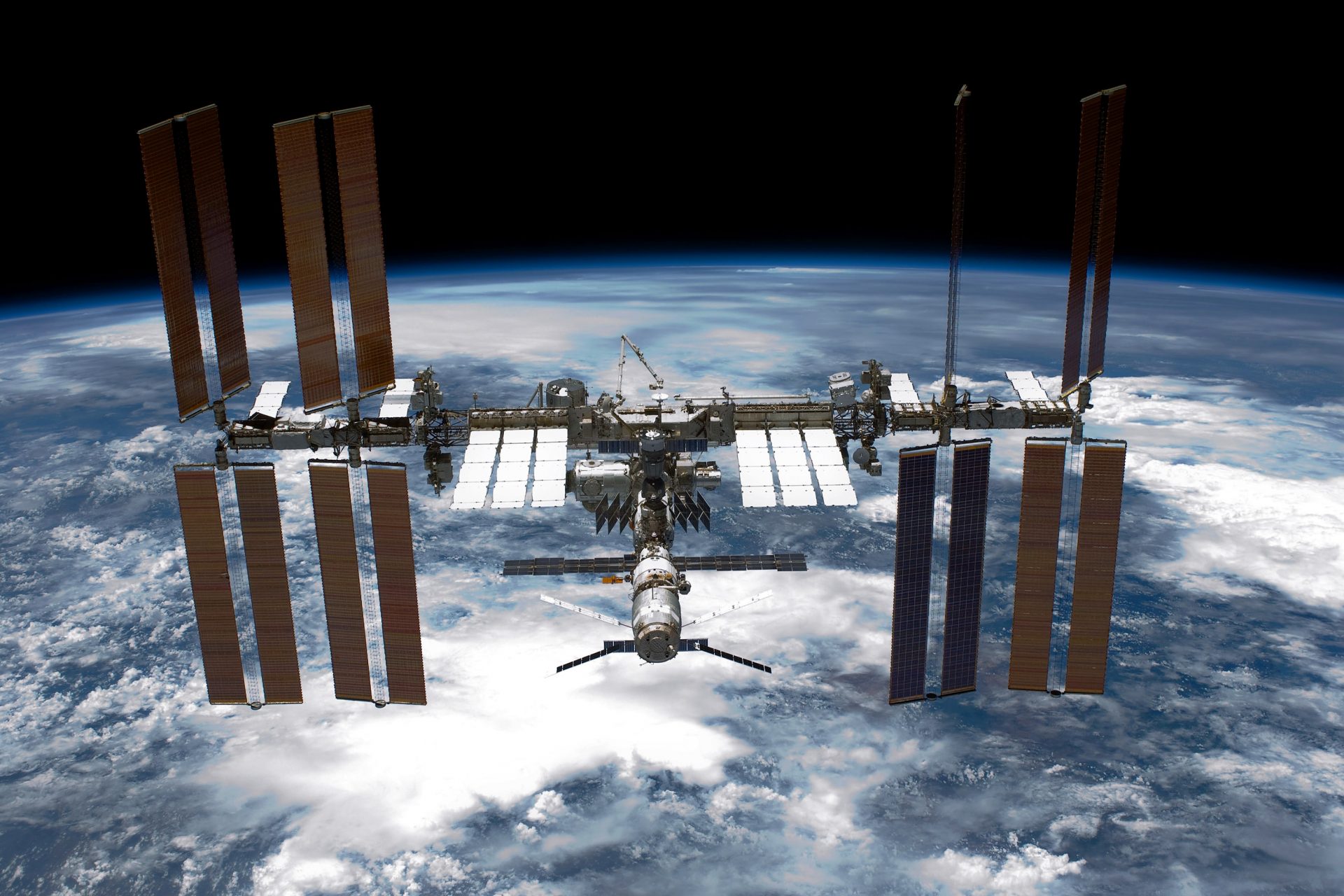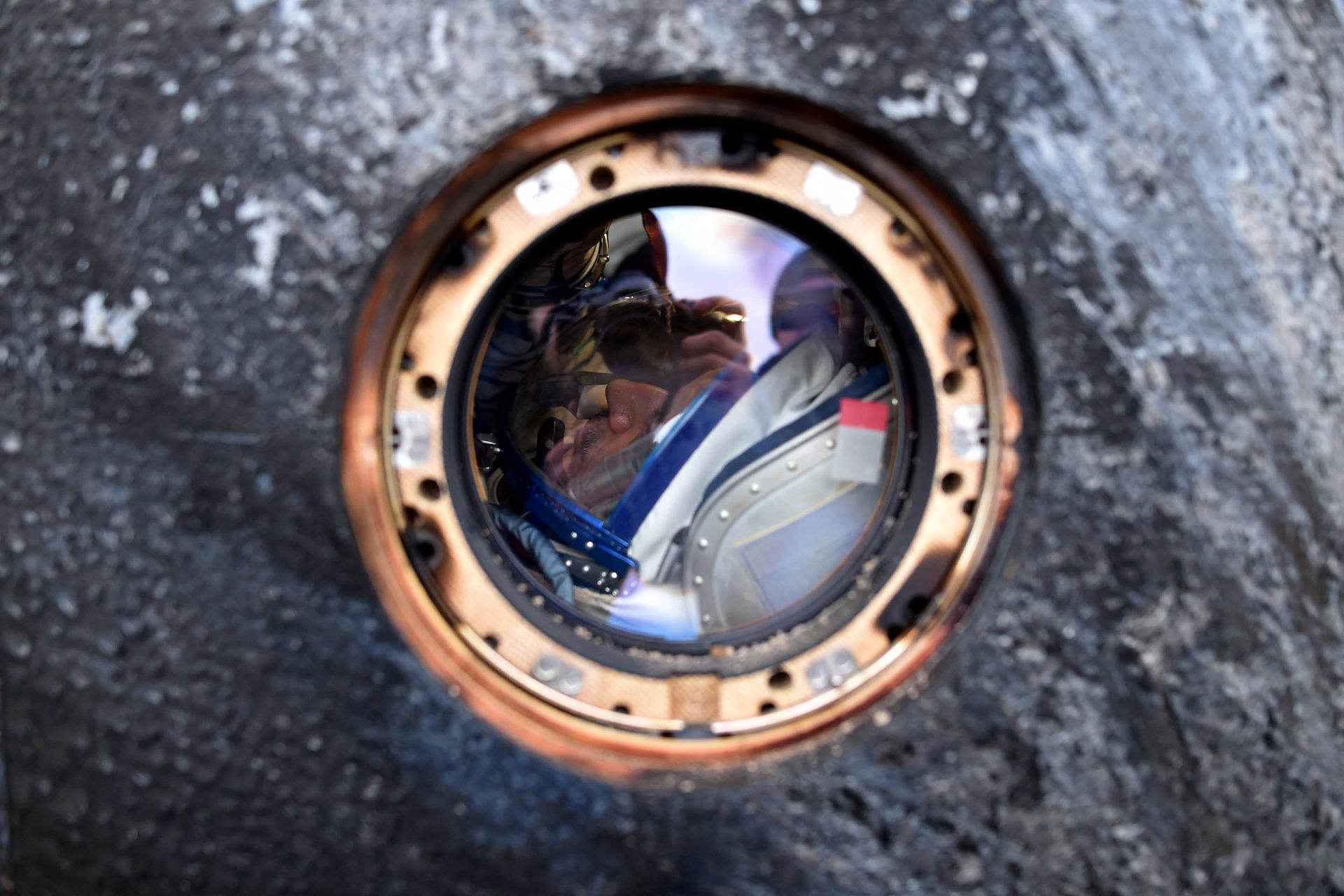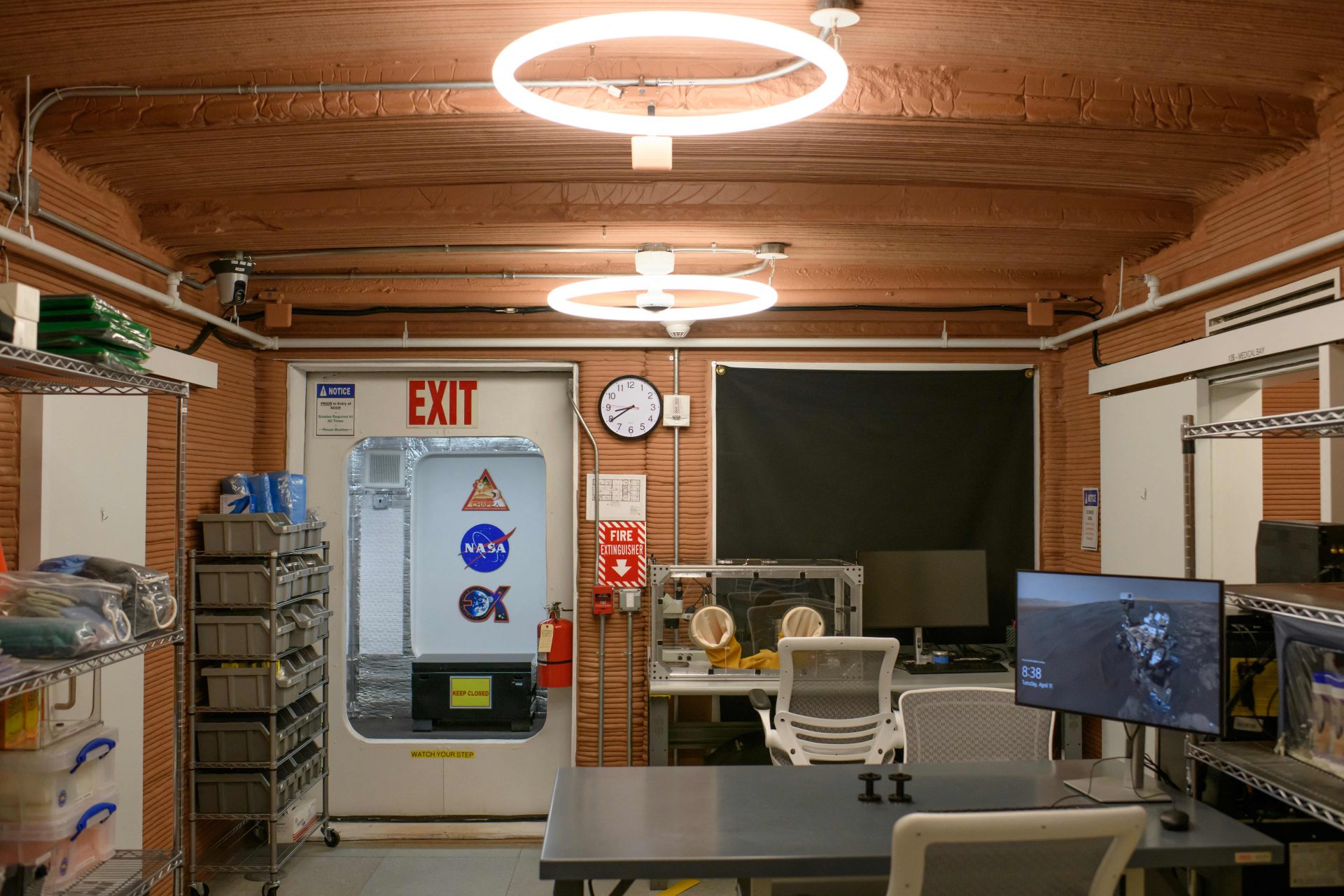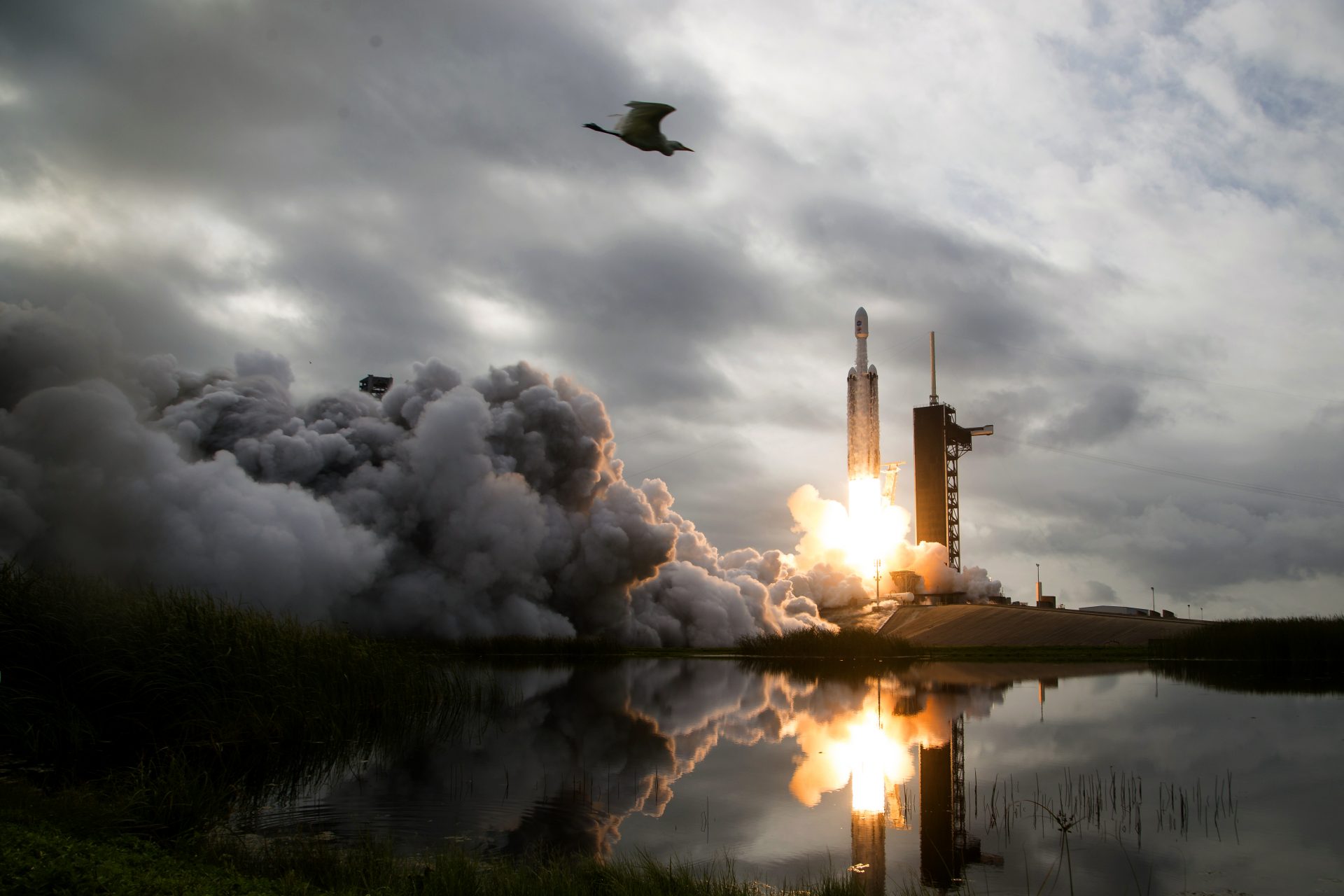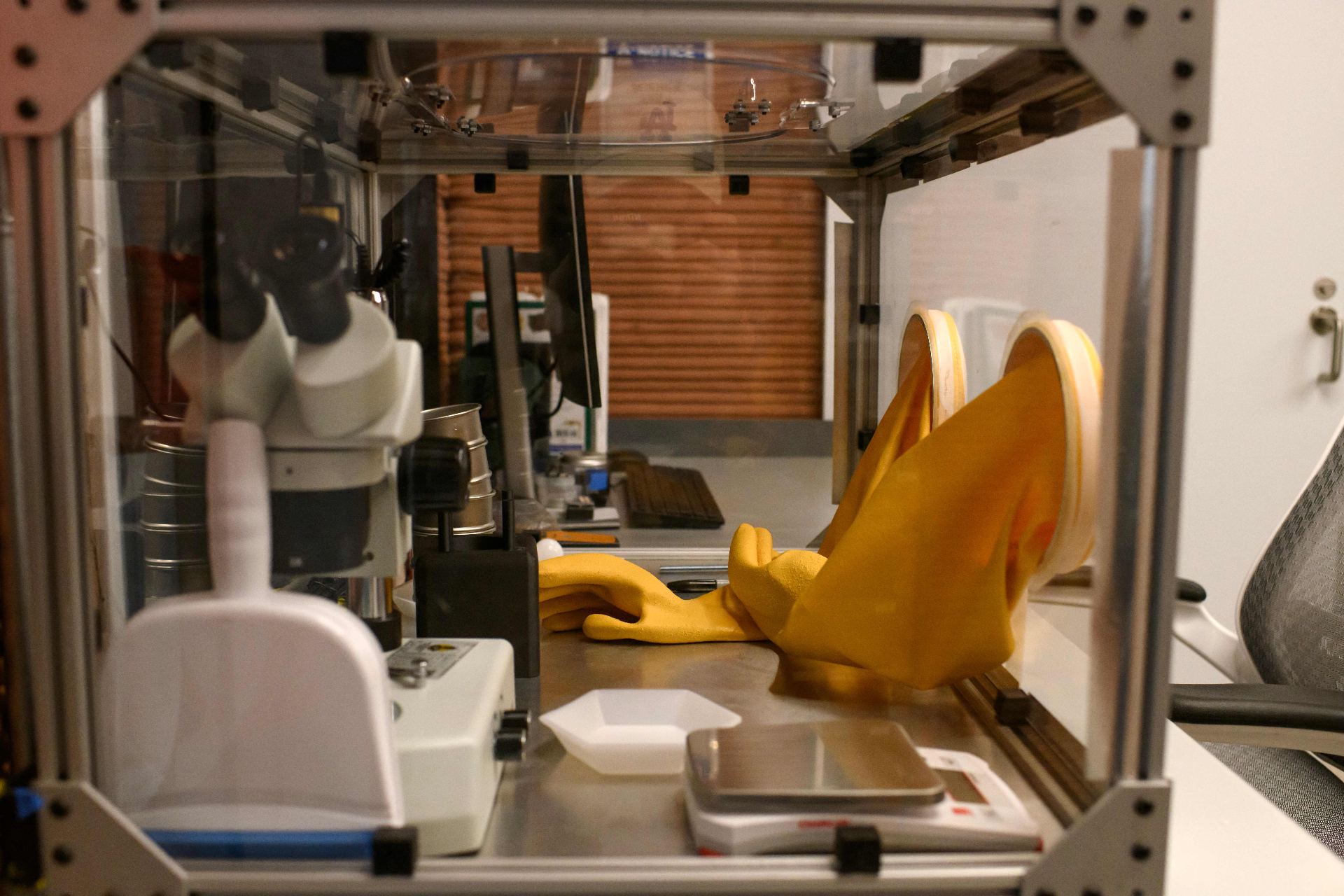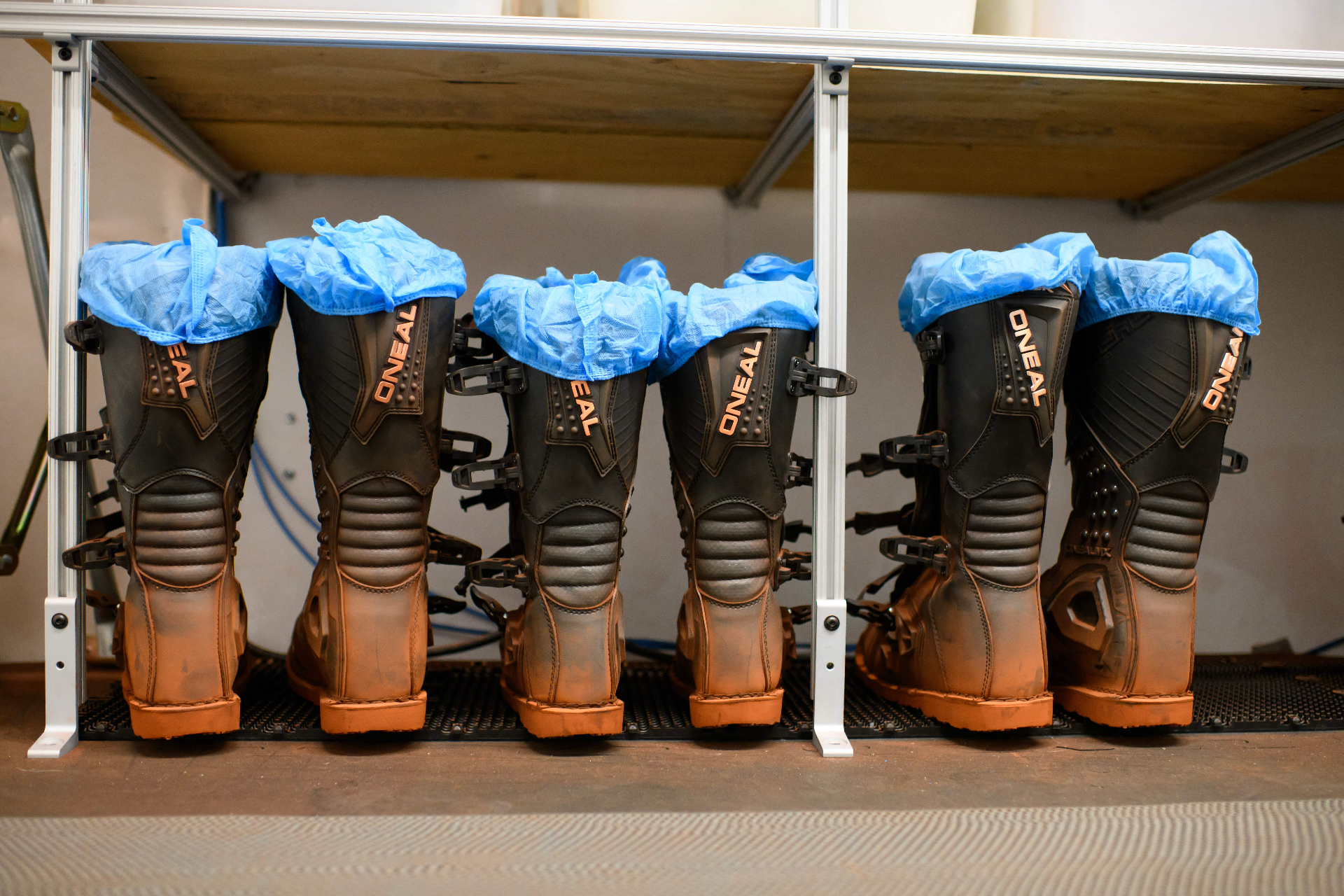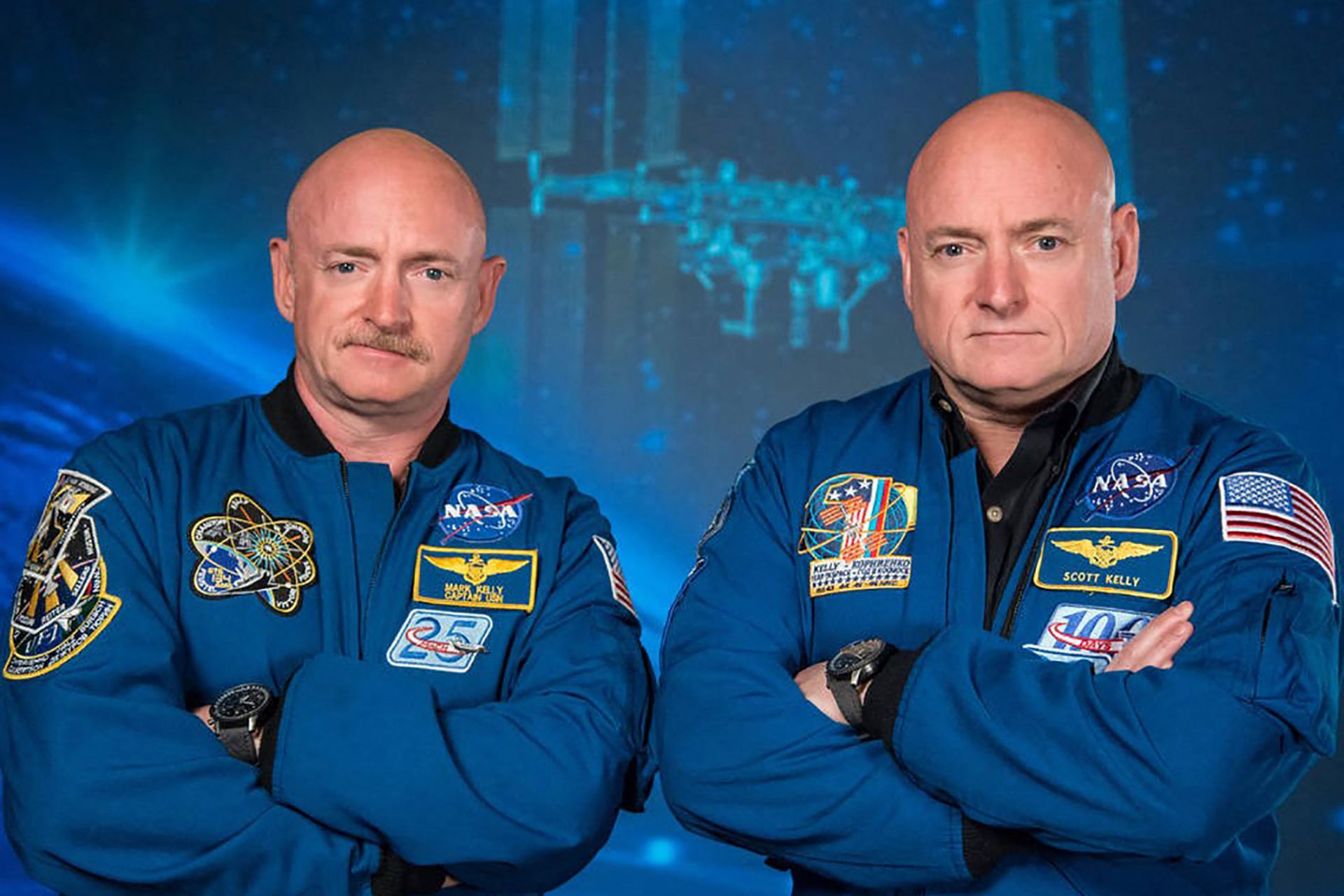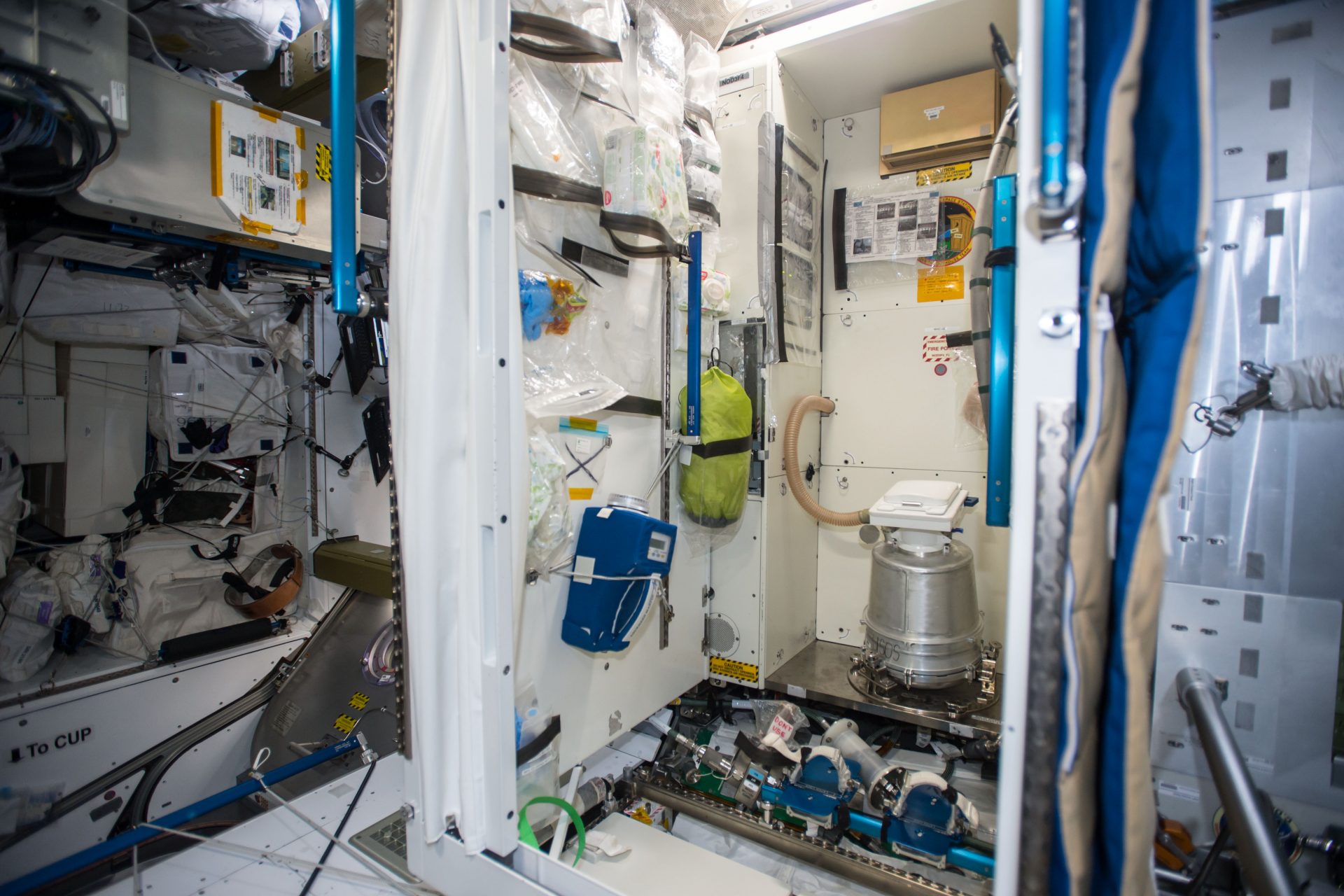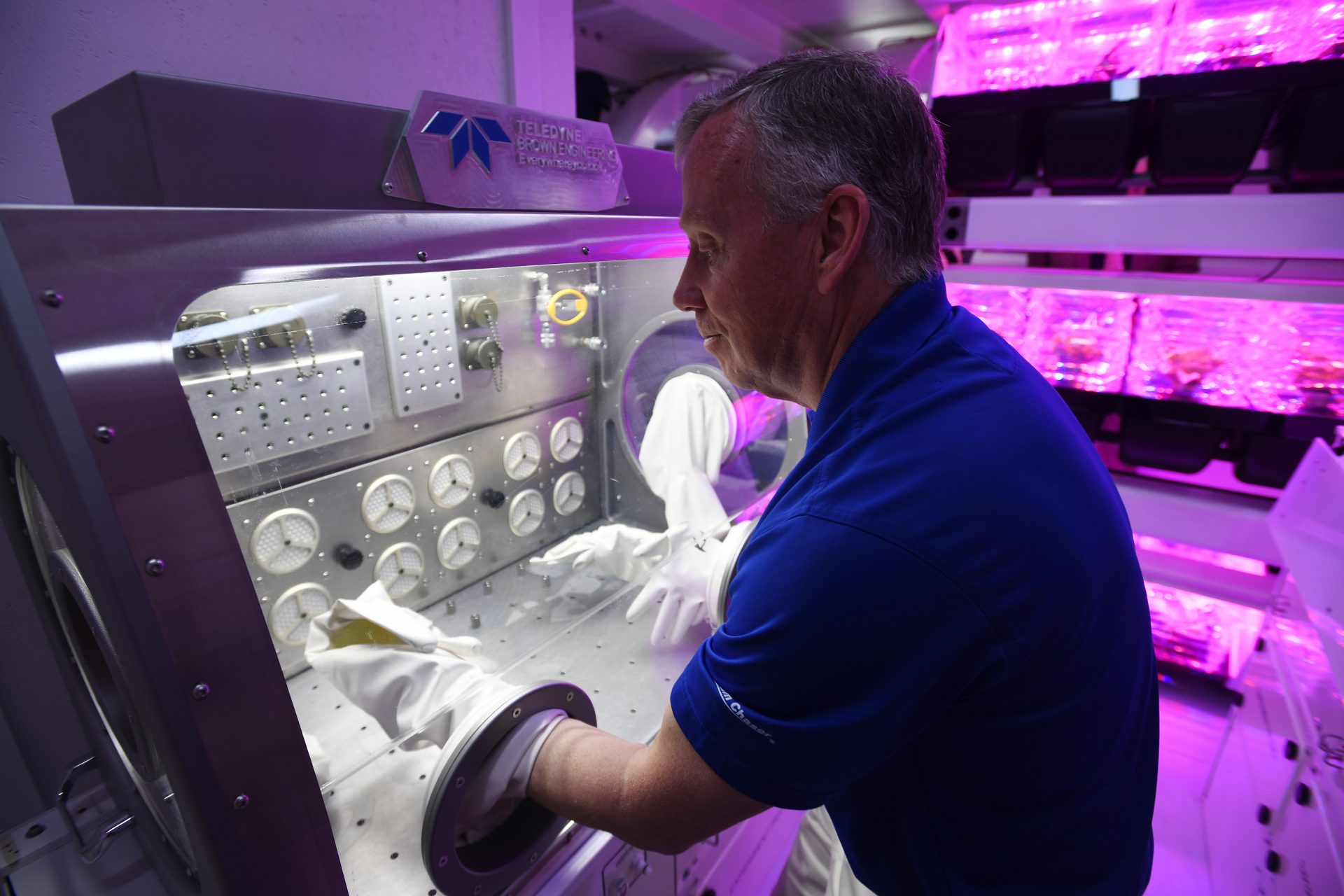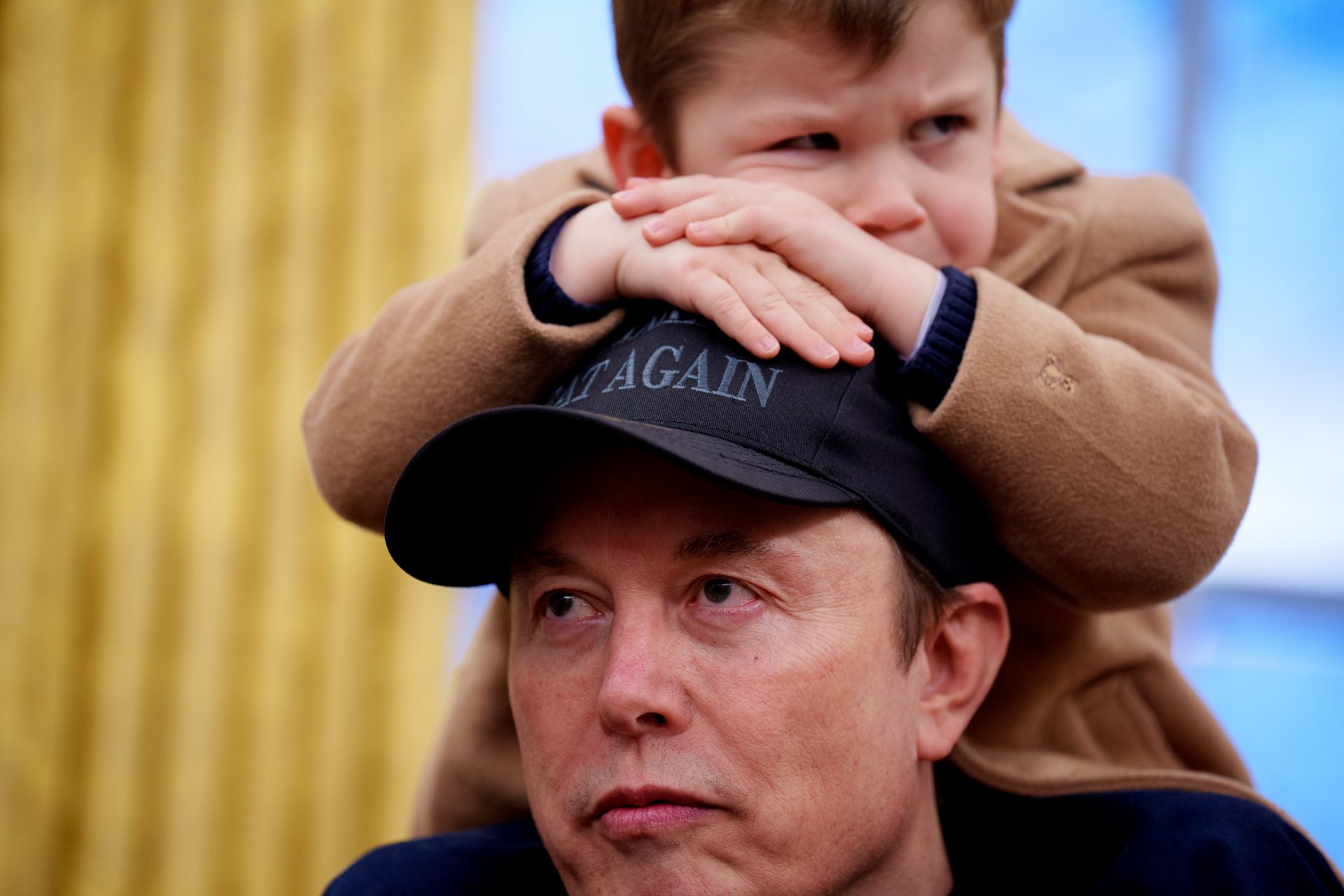Do you want to be an austronaut? These are the dangers you have to keep in mind
They say that space is the final frontier and although many people have dreamed of walking among the stars, few people are prepared to do such a giant leap.
Being an astronaut can sound like a dream job, especially now that a mission to Mars is on the horizon. However, it also comes with many dangers. According to NASA, five of them stand out from the list.
Space radiation is a unique job hazard for astronauts. According to NASA, crew members can not see or feel radiation, so it is hard to know when it will start affecting their bodies.
The American agency says radiation is the most significant hazard astronauts face in space. It can impact their bodies in the long term and cause many diseases.
Recent research reviewed the potentially deadly effects of radiation. According to Newsweek, the study concluded that Galactic Cosmic Radiation could cause kidney failure after a long trip, like the two-year Mars mission.
The second main hazard for cosmic travelers, particularly on longer trips, is isolation and confinement. The ISS and space vessels are small, and astronauts rarely communicate with their families.
The NASA website warns that “sleep loss, circadian desynchronization, and work overload compound this issue,” which can result in performance issues. In space, mistakes can be deadly.
The agency is preparing to prevent possible dangers related to this issue. In its most recent project, a crew of four spent a year in lock-down inside a fake Mars gathering data about physical and behavioral health.
In that project, the crew also studied ways to prevent the next hazard on the list: the distance from Earth. A space flight to Mars will last six months, and the mission there will take about a year.
The long trip will require intelligent and efficient resource use and a plan for every failure. The crew will be hundreds or thousands of miles away from their source of food, water, equipment, and other necessities.
That is why resource planning is crucial. One of the crew members told AP News that they learned to “utilize resources no faster than they can be replenished and produce waste no faster than they can be processed back into resources.”
Gravity is another source of health problems for astronauts. According to NASA, astronauts would experience three different gravity fields on a Mars mission: our planet's gravity, zero gravity in space, and a third of Earth's gravity on Mars.
Photo: NASA
NASA says the transition between gravity fields affects spatial orientation and contributes to bone density loss. Fluid movement can cause dehydration and, as a result, kidney stones.
Photo: NASA
NASA's famous twin study help them understand the effect of space gravity and radiation on the body. Astronauts Mark and Scott Kelly compared their bodies after Scott spent a year in space. Even his gene expression changed.
The last of the five most significant dangers of space is that astronauts must inhabit hostile and closed environments. NASA says that maintaining safety in a vehicle is challenging.
Scientists have recently discovered some hazards of having closed environments in space. New studies on the bacteria that live in the International Space Station have revealed that they have mutated into drug-resistant microorganisms.
Photo: NASA / Jack Fischer
According to British outlet The Sun, recent studies have also revealed that the air in the ISS is dirtier than the floor of the average UK or US home, so air quality in the tight space is also a concern.
Still, NASA has special research programs to prevent these hazards and make space travel safer for astronauts, especially for the Mars mission.
More for you
Top Stories



